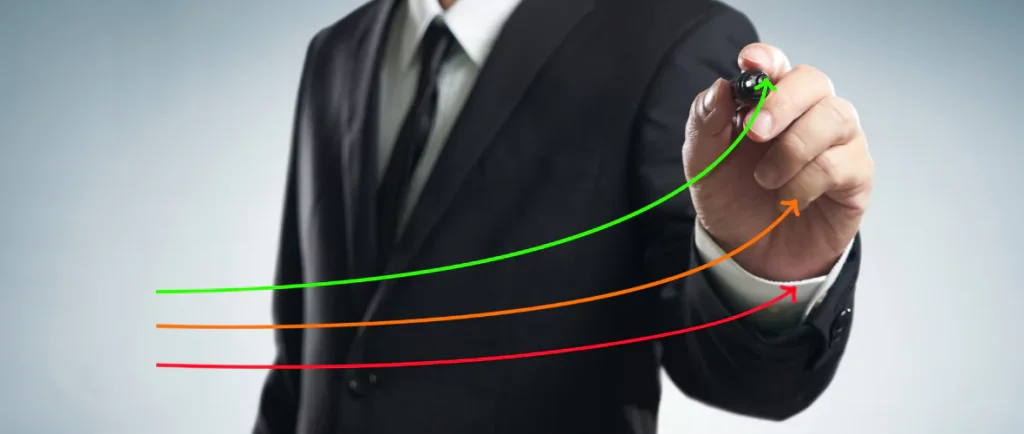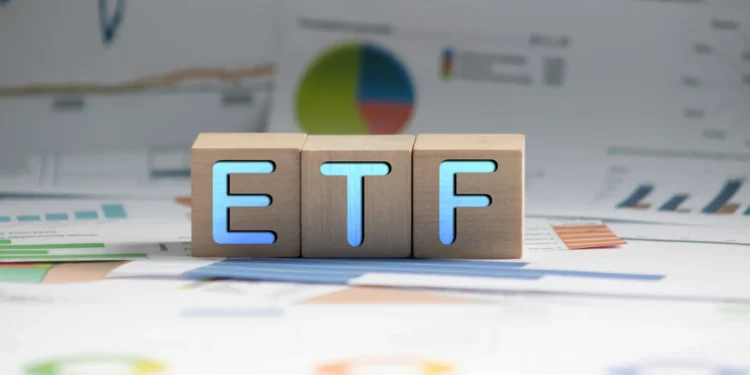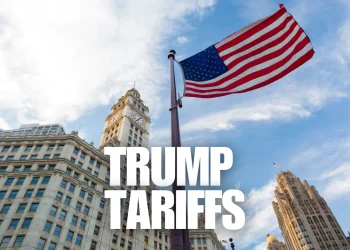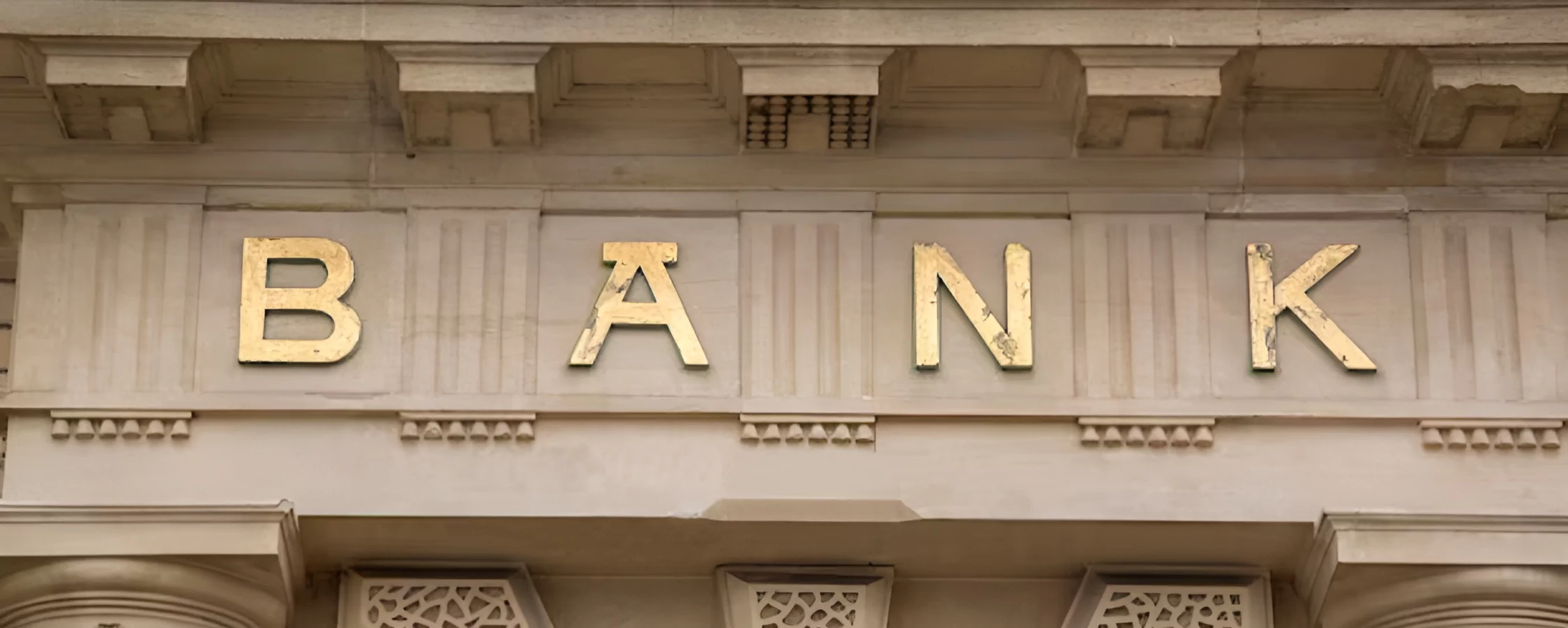Exchange-traded funds, commonly known as ETFs, have become increasingly popular investment vehicles offering diverse exposures through just a single trade. While various actively managed ETFs exist, index ETFs represent the lion’s share tracking major benchmarks passively at low costs. This article explores index ETFs’ defining characteristics, inner workings, structures, and how they complement buy-and-hold strategies sustainably for investors valuing prudence over constant active management demands. Throughout we’ll analyze index ETFs’ merits illuminating their proliferation and transforming mainstream investing worldwide through accessible diversification.
What are Index ETFs?
Simply put, the goal of index exchange-traded funds (ETFs) is to mimic the performance of broad market indices by using pooled investments that hold each component proportionately. This enables investors to use open-end or closed-end funds that are traded on exchanges to passively diversify over sizable portions of the equities or bond markets.
The bulk of ETFs offered are index ones, which generally track the S&P 500, the entire US stock market, or international markets. This is because investors seek buy-and-forget allocations that accurately replicate benchmark returns with low costs. Their designs, along with technical advancements, reduced institutional expenses dramatically, changing the investment environment significantly since the early 1990s when ETFs were first introduced.
How do Index ETFs Track Benchmarks?

Index exchange-traded funds (ETFs) employ unique creation/redemption procedures that enable authorized participants to maintain shares that closely reflect the intrinsic value of the underlying assets. APs redeem ETF holdings upon investor demand using primary markets that receive creation units and swap them for other currencies outside of exchanges.
In addition, they simultaneously set up equal creation baskets for liquidity clauses that ensure ongoing arbitrage and keep premiums or discounts from dominating. The worldwide development of index exchange-traded funds (ETFs) is fueled by their ability to passively achieve benchmark compositions at extremely low expense ratios, thanks to approved transactions and portfolios that combine hundreds of stocks, bonds, and futures contracts.
What are Different Index ETF Structures?
Most index ETF vehicles adopt either open-ended or closed-end legal constructs classifying shares supply potentials relative demand swings. Open-ended funds issue limitless creation units upon authorized party orders facilitating continuous share liquidity provisions. Meanwhile, closed-end construction limits shares floating after listing while permitting premium/discount volatility during secondary market trades. Index ETF wrappers additionally encompass unit investment trusts holding fixed baskets until maturities as well as variable series trust structures expanding investment mandates more adaptably. Understanding numerous enclosure formats sustains prudent indexing choices customized for varied timeframes and market conditions.
Does Sample Index ETF Holdings Provide Diversification?
Core to indexing’s appeal involves optimal risk-adjusted returns through widely diversified portfolios passively replicated. For example, the SPDR S&P 500 ETF Trust (SPY) collectively allocates over $400 billion benchmarking the premier US large-cap index comprising 505 stocks spanning 11 sectors. Such broad composition innately spreads idiosyncratic risk inherent to specific companies, industries, or economic cycles. Similarly, Vanguard Total Stock Market ETF exposes 94% of the publically traded US equity market through over 3,500 stocks and mid-caps. International and global index ETFs expand diversification worldwide through thousands of multinational firms. Ultimately, the degree of risk pooling depends upon individual fund mandates.
What are Some Popular Index ETFs?
Beyond premier S&P 500 trackers, diverse choices accommodate varied risk profiles, sectors, regions, and investment horizons. The Vanguard Total Stock Market ETF as mentioned tracks the entire US equity landscape affordably. Elsewhere, the Schwab U.S. Large-Cap ETF benchmarks the top 750 stocks, while the Vanguard FTSE Emerging Markets ETF diversifies across developing economies globally. Fixed income includes the iShares Core US Aggregate Bond ETF indexing investment-grade US debt. The Vanguard Total International Stock ETF allocates over 6,000 non-US stocks minimizing home bias. With diligent due selection among cost-effective funds, indexing becomes a reality through accessible diversification industry-wide.
How Can Index ETFs Enhance Portfolio Management?

Beyond foundational buy-and-hold strategies suitable for retirement horizons, index ETFs complement shorter-term tactical mandates through asset class rotations optimized for varying conditions. Rebalanced portfolios overweighing advantaged segments sustain participation wherever opportunities emerge cross-sectorally or internationally. Low costs and trading flexibility further promote prudent rebalancing frameworks renewed regularly, including escalating hedge portfolios through inverse/leveraged ETF vehicles. Overall index vehicles furnish building blocks within portfolios dynamically optimized across economic cycles through strategic allocations and periodic rebalancing tailored for sustainability.
How Does Index Methodology Impact ETF Returns?
For inexpensive index ETFs, tracking error is still quite small, but over time, returns may gradually deviate from benchmarks due to different weighting schemes. Market-cap-weighted funds allocate the highest percentages to well-known mega-cap companies that are prone to lags during cyclically favorable periods for smaller competitors. Equal-weighted funds, on the other hand, use equally distributed holdings to highlight size factors. Additional types encompass fundamental indexing that takes into account measures like dividends or sales. Also, dividend aristocrats, quality ratings, or certain industries are the focus of niche funds. Comprehending systematic differences leads to appropriate directives that are in line with individual risk tolerances and time horizons.
How can Index ETFs be Traded?
Major index ETFs trade ubiquitously on exchanges throughout business hours benefiting traders and investors alike through market, limit, and stop-loss orders. Their liquidity supported by authorized participants maintaining tight spreads between net asset values and live market prices smooths entries and exits versus underlying securities. Less liquid niche ETFs still benefit from intraday fungibility, whereas some closed-end structures restrict secondary market liquidations. Overall technology delivering real-time executable quotes empowers prudent participation through low-cost exchanges complementing long-term buy-and-hold strategies. Index ETFs overall enhance portfolio efficiency, accessibility, and sustainability when deployed judiciously.
Conclusion
By providing unmatched market-wide diversity through single trading, index ETFs transformed contemporary portfolio construction. Their distinctive features—authorized inventions, low costs, and portfolio replications—provide benchmark results that subtly enhance the principles of buy-and-hold investing. Flexible ETF structures provide tailored exposures using globally-reaching regulations that are efficiently executed. In the long run, index funds can increase prosperity even more by making smart allocations that are periodically rebalanced and dynamically optimized across economic cycles. When carefully combined with changing opportunities, global index exchange-traded funds (ETFs) serve as pillars for wise, contemporary investing.













